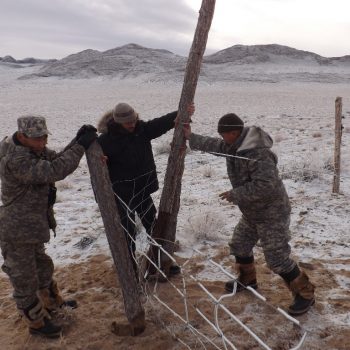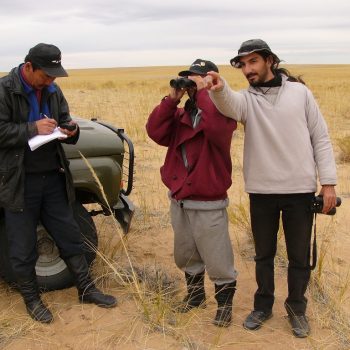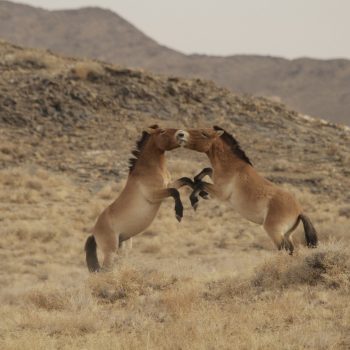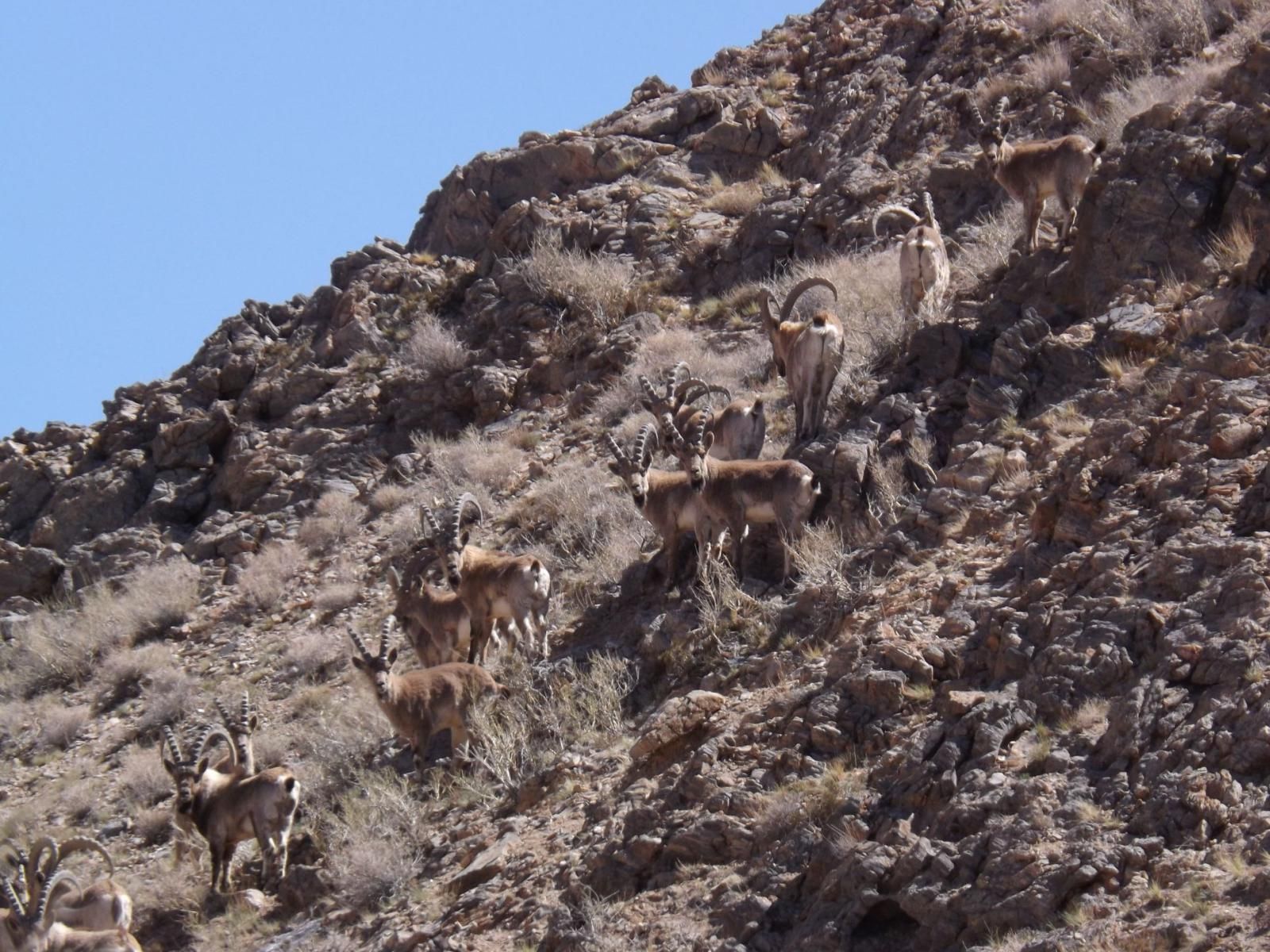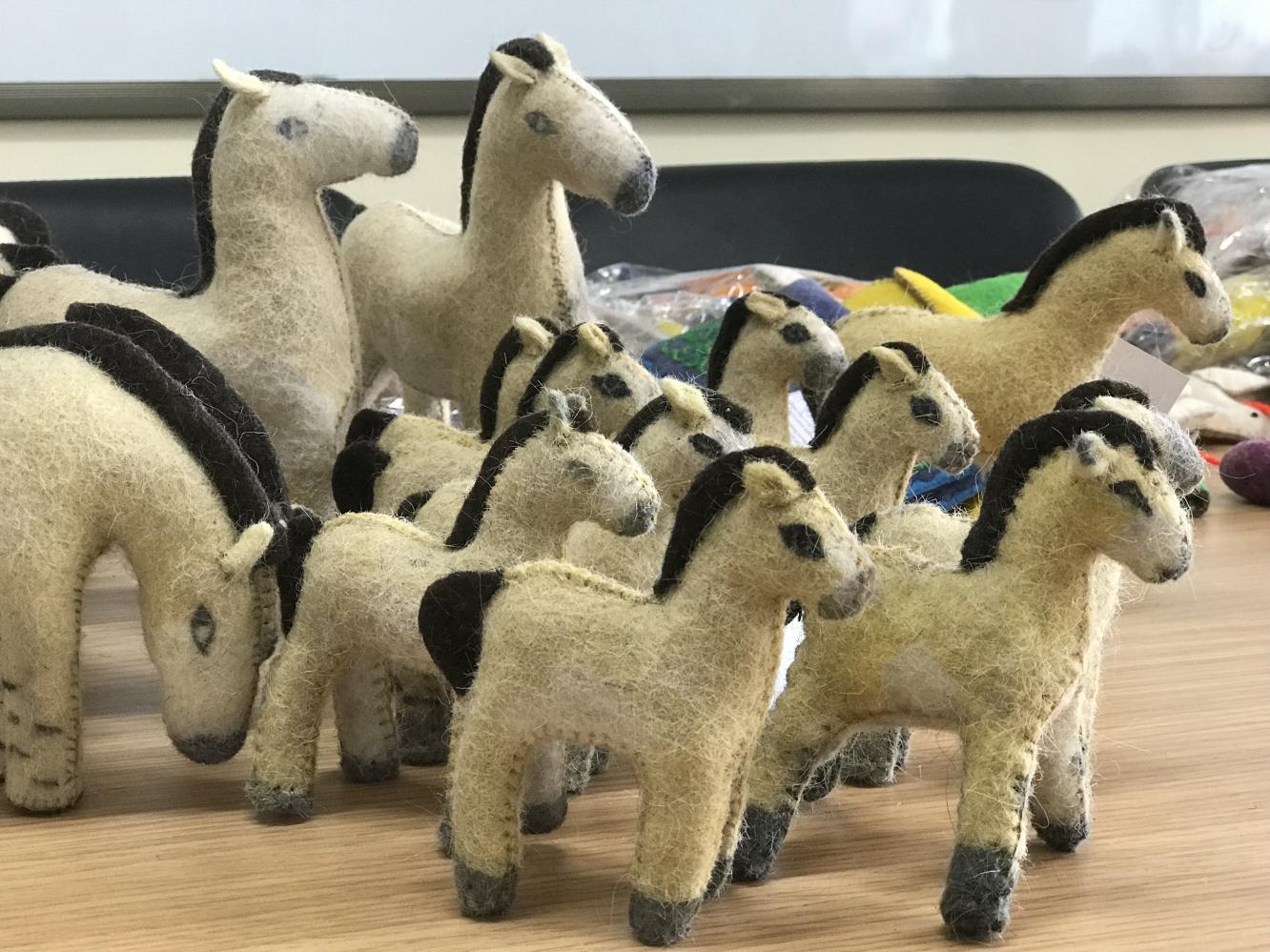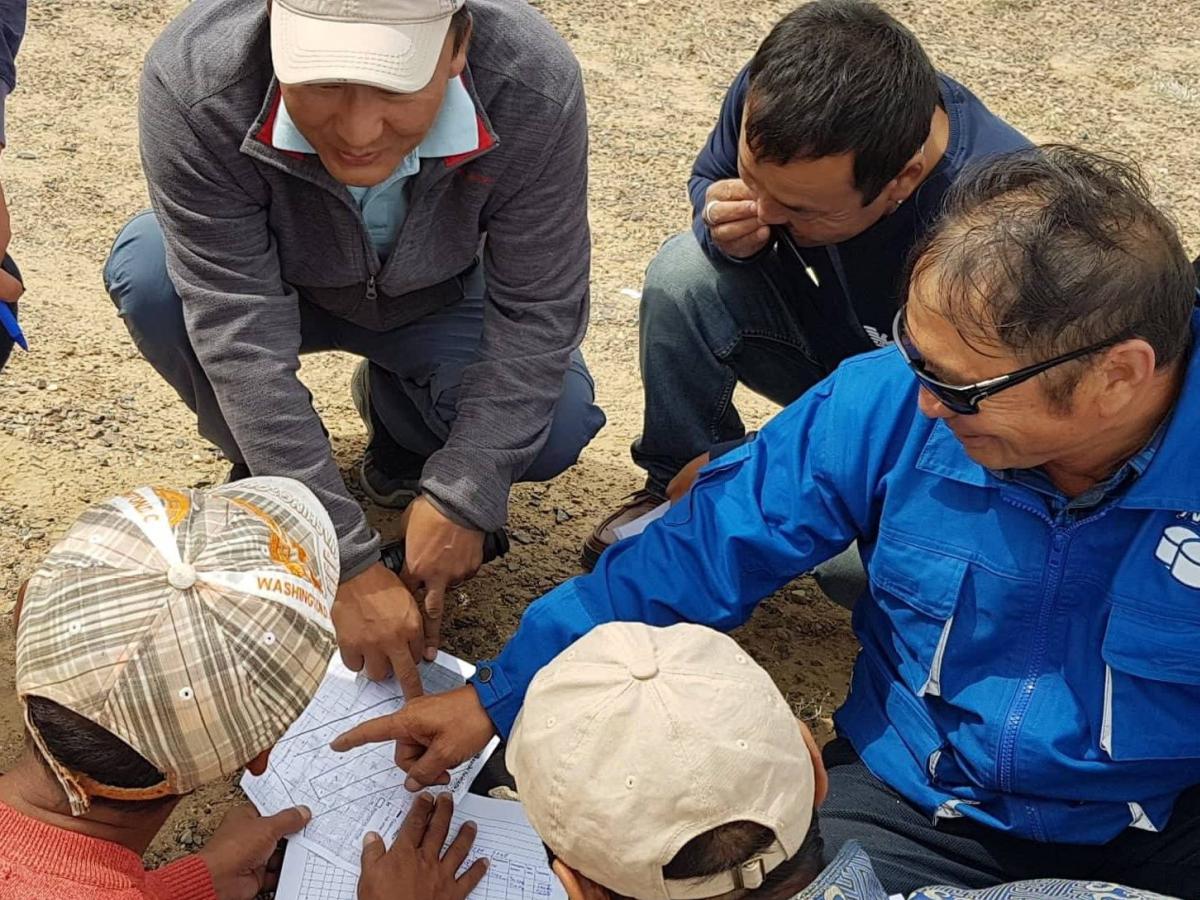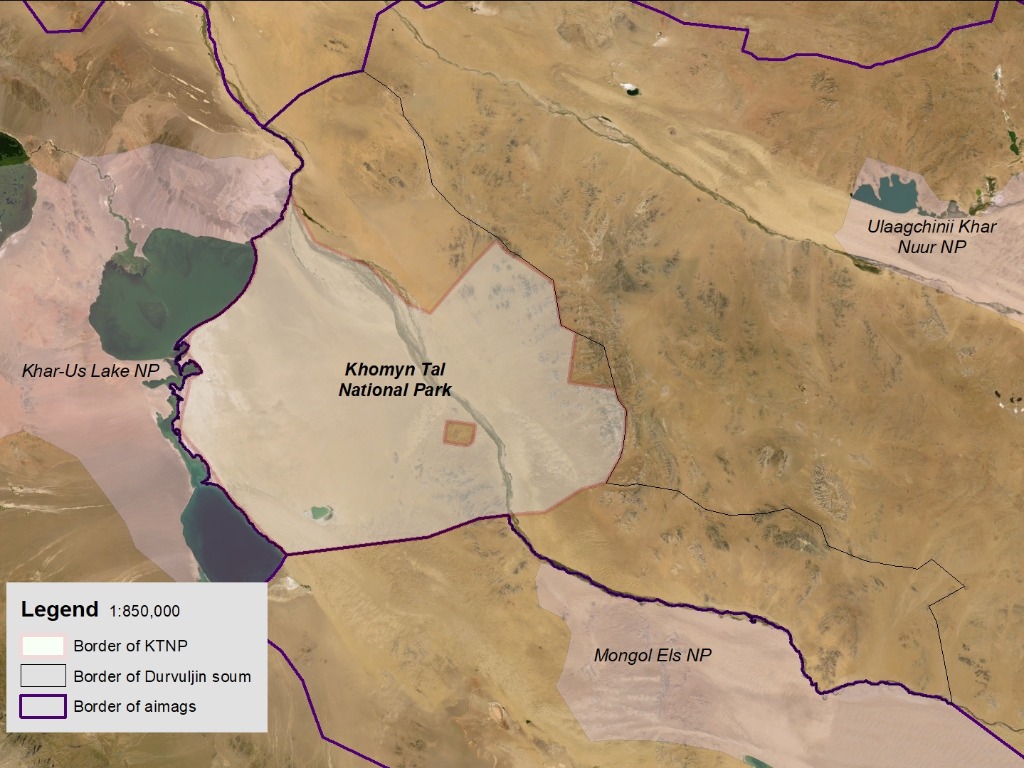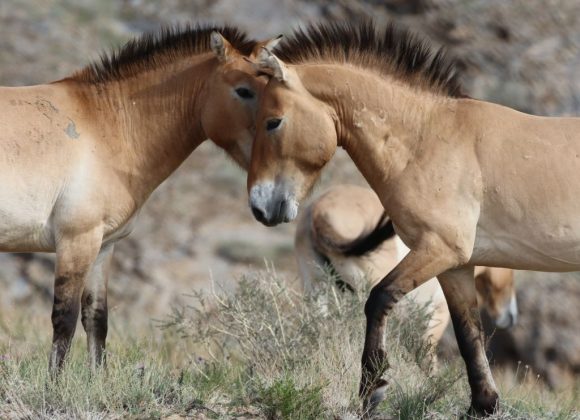Takhi Reintroduction
Takhi is a very rare equid species according to Mongolian Red Book. As of IUCN categorization, Takhi is classified as internationally and regionally endangered.

Takhi or Przewalski’s horse has been reintroduced in Mongolia since 1992. Currently, there are three locations where Takhi can be found – Hustai National Park, Takhiin Tal in the Great Gobi Strictly Protected Area, part B and Khomyn Tal National Park. Today, population is counted over 800 in total, however, it is still insufficient to ensure for this species to survive in the wild.
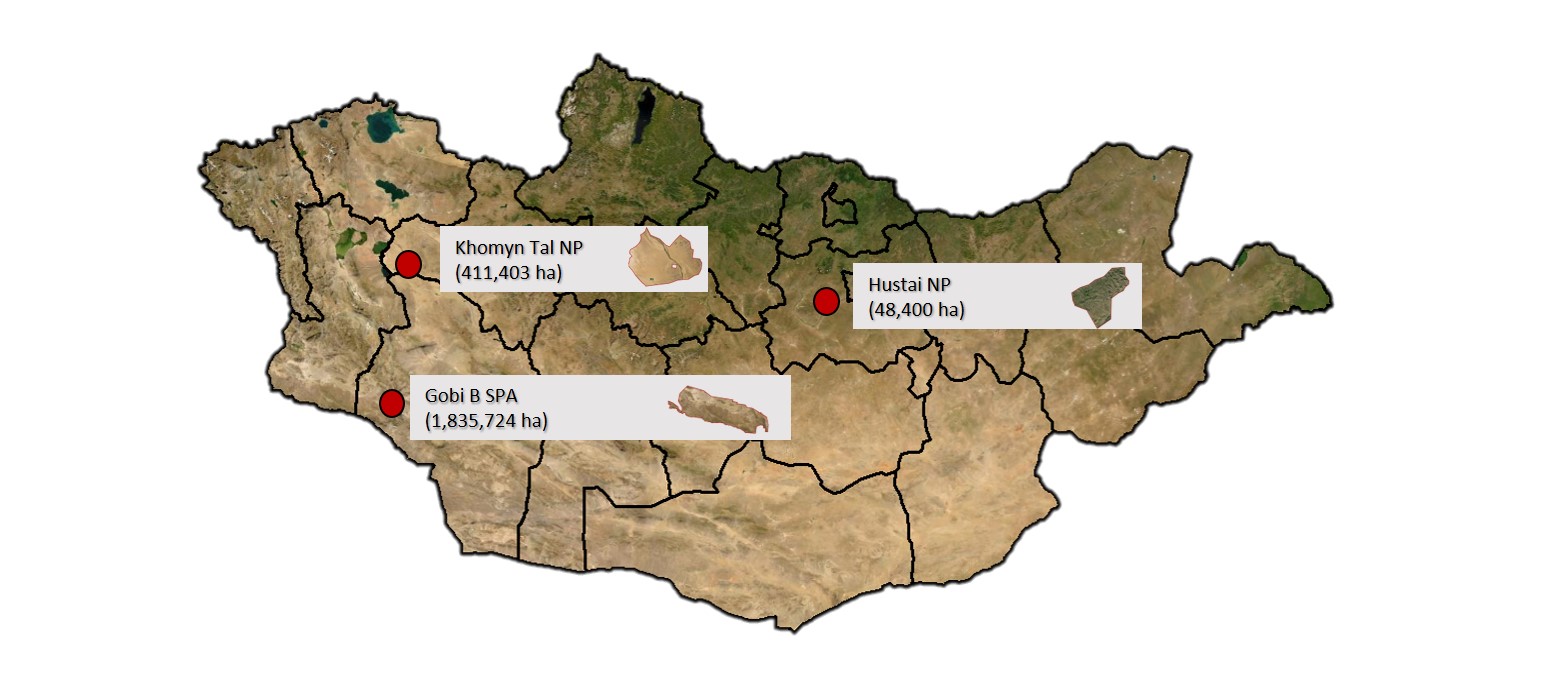
In Khomyn Tal, 14000 ha area was fenced in Seeriin Nuruu in 2003, to allow Takhi to acclimatize at the initial stages of reintroduction. Mountainous range of Seeriin Nuruu also shelters Takhi in times of harsh weather.
Takhi population
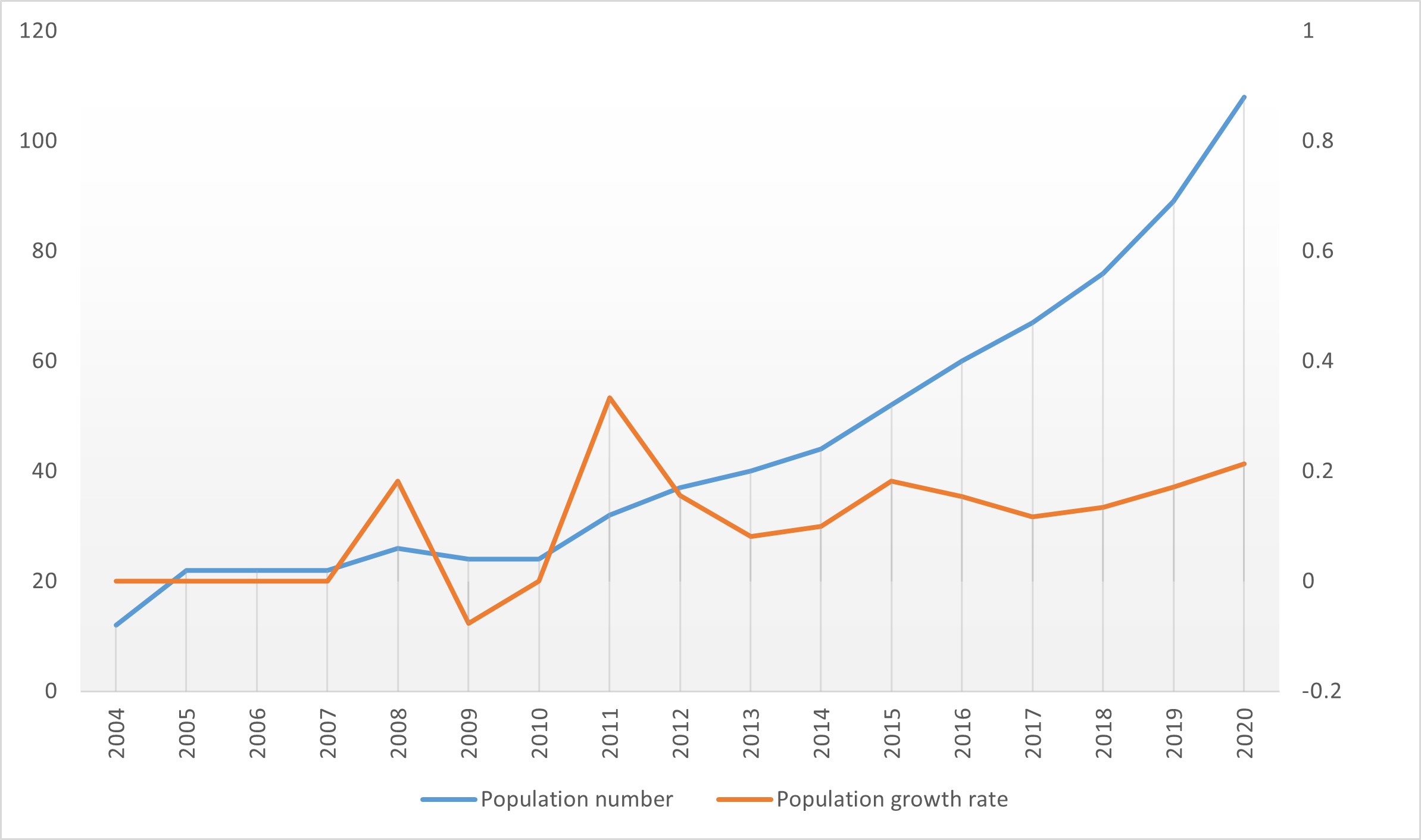
Takhi reintroduction is not limited only to transporting and releasing the previously captive animals into the wild. Reintroduction work requires daily observation, monitoring and research, and overall management based on findings. Census and daily observation have been conducted continuously since the first day of Takhi arrival. Rangers have accumulated an extensive database on Takhi herd structure, reproduction ecology, health condition, habitat utilization, seasonal movements and migration, as well as internal relations between individual animals in the herd and 29 behavioral traits identified in the Takhi behavior. In addition, rangers are responsible for maintaining the fence and daily patrolling to ensure no livestock enters the reintroduction area. The information collected in this way is compiled for analysis and becomes a sound justification for reintroduction management.
It is not uncommon to encounter numerous complexities in the reintroduction work. Three major issues have been identified specifically with regard to Takhi.
Firstly, water is of utmost importance. Zavkhan river is a source of water for Takhi in spring, summer and autumn. In winter when the river is frozen the animals satisfy their thirst with snow. When snowfall is low or unusually late Takhi face water shortage.
Secondly, Takhi can mingle with domestic horses which may result in hybridization. Takhi and domestic horses are very close relatives and can easily mate and reproduce.
Thirdly, there is a risk of disease transmission from livestock to Takhi. There have been cases of domestic horses entering into the reintroduction fence in Seeriin Nuruu which currently is not seen as a serious concern. However, in the future, this may pose an increased risk of disease transmission or hybridization.
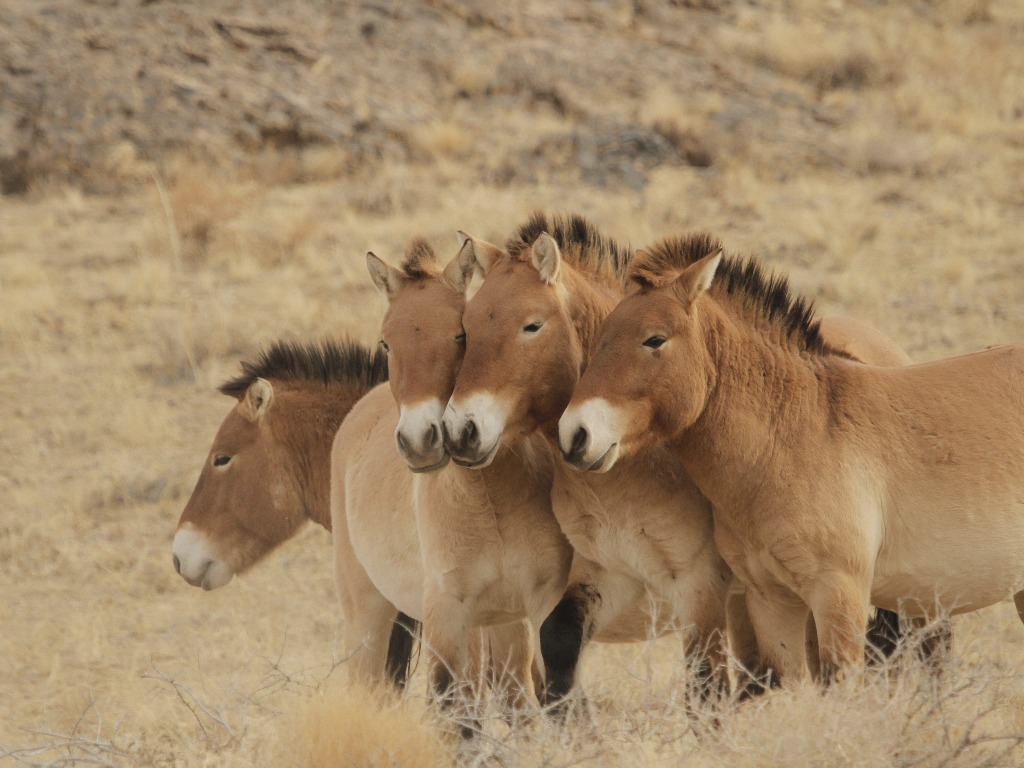
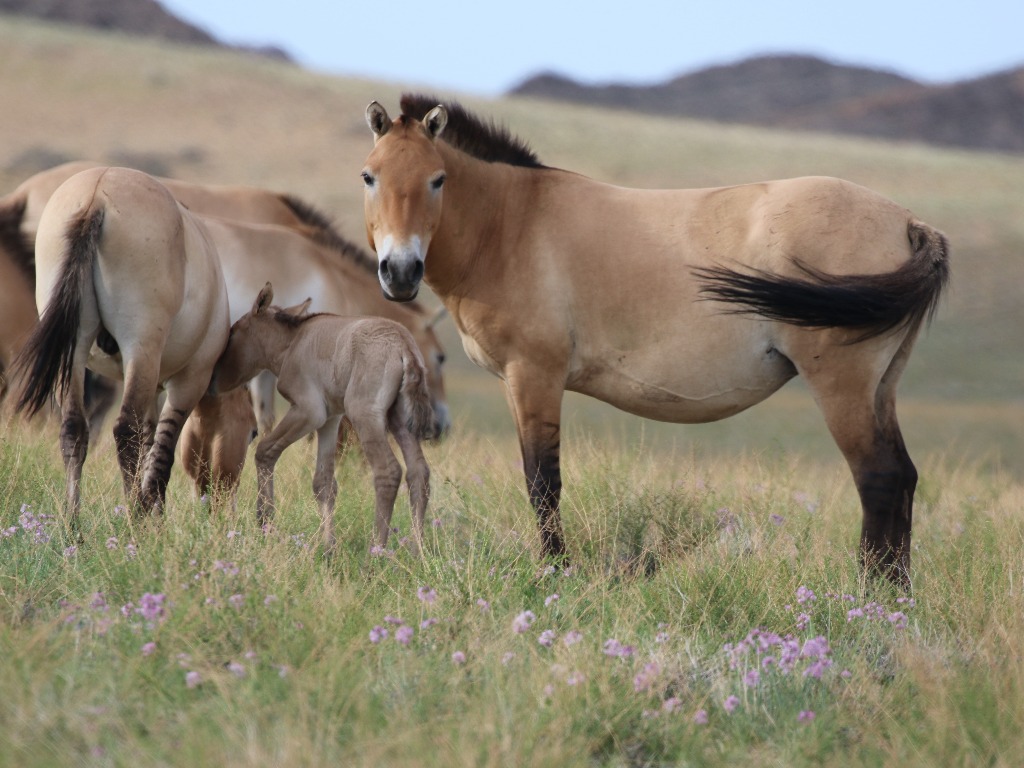

As a result of protection, number of Takhi has reached over a hundred in 2020. We are working on gradually releasing the growing herd of Takhi out of the fence in order to enable the animals to live independently in the wild and to protect the future habitat.
Donate To Our Programs Today
Your donations help us maintain a viable population of wild horses, conduct research programs, support community development, deliver environmental education and improve access to information for local people.
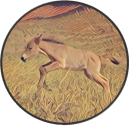
Born To Be Wild
© 2019 KTT - Khomyn Talyn Takhi NGO. All rights reserved.
Developed by Data-Arts LLC





